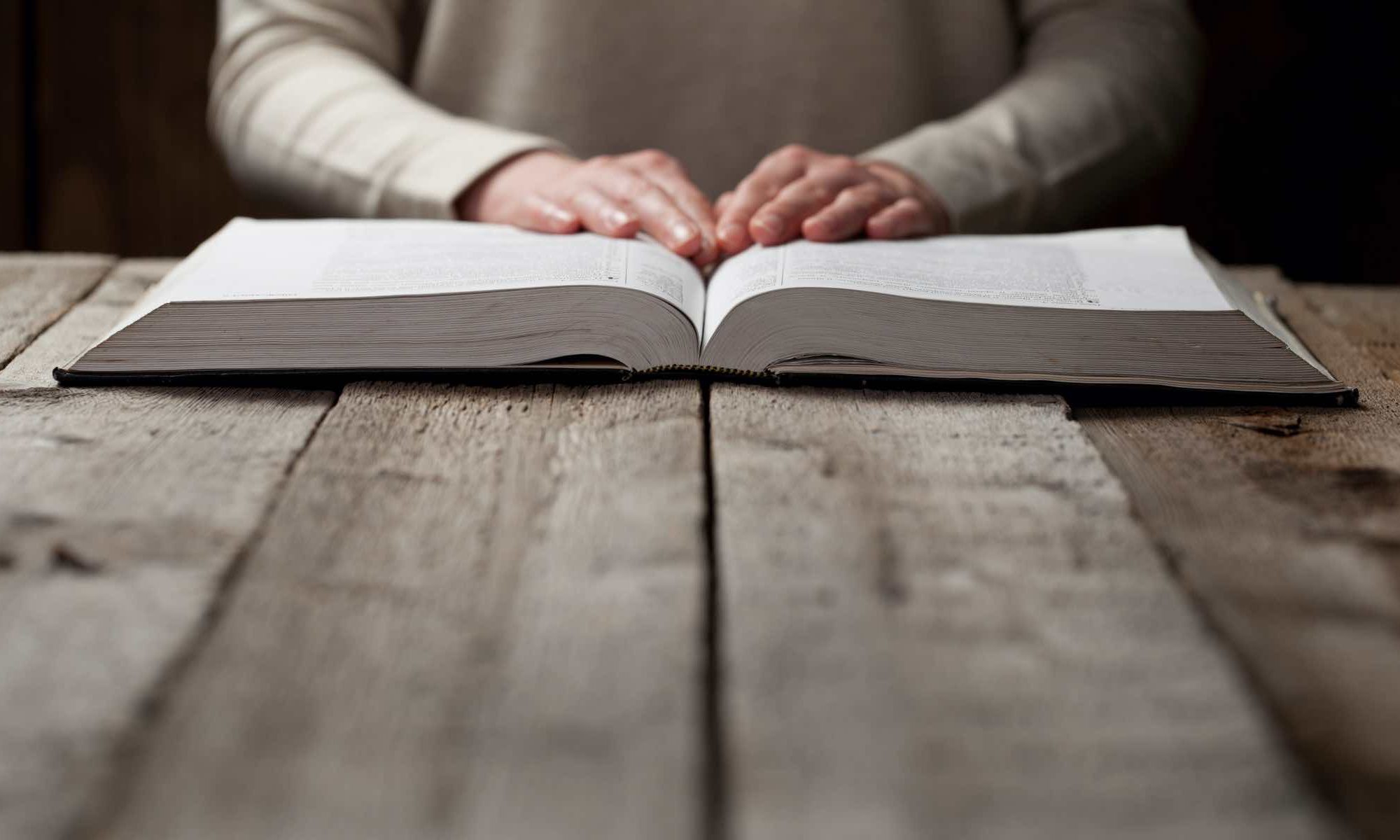One of the most unsettling aspects of death is that man has no control over it. Woody Allen so cleverly observed this with his inimitable wit:
- “I don’t want to achieve immortality through my work. I want to achieve it by not dying.”
The Old Testament figure, Job, shares a poetic insight into death in Job 18.14: He is torn from the tent in which he trusted and is brought to the king of terrors. The lesson in death is powerlessness. No person can ultimately prevent it or avoid it.
The late Tony Snow, former press secretary for President George W. Bush, battled cancer, off and on beginning in 2005. When asked what spiritual lessons he has learned from his battle, he replied: “We want lives of simple, predictable ease—smooth, even trails as far as the eye can see—but God likes to go off-road.”
A few days journey from the border of Bethany, Jesus receives the news that His friend, Lazarus, is sick. However, the news doesn’t cause Jesus to rush to his bedside. Not because He is too busy. Not because He is disloyal. Not because He doesn’t have compassion. Jesus delays coming to Lazarus because the next revelation of His glory does not require a sick man. It requires a dead man.
Lazarus’ sisters are left to experience the grief and mourning that accompany our mortal powerlessness. Tearful prayers for Lazarus’ healing return to them like unanswered echoes off of a canyon wall. The vigil for his deliverance is swallowed in an unpreventable death and the sorrow, that Jesus did not come soon enough.
Four days after their brother’s death, a mountain of grief stands before them. It is this fourth day. It might as well have been 4 weeks; 4 years. Death is so final. It is also on the fourth day that Jesus finally arrives.
When word reached Martha that Jesus was coming into the village she went to meet Him, but Mary stayed at the house. The actions of the two sisters are in keeping with their personalities, revealed elsewhere in the Gospels. Martha was the bustling, active one, the “Type A.” She is melancholy. Mary was the quiet, contemplative one and, perhaps, the most deeply offended. According to Jewish custom, those who suffered the loss of a loved one remained seated while the other mourners consoled them. But Martha, in keeping with her forceful personality, left her house and went to meet Jesus as He approached.
When Martha reached Him, the disturbing thought that had been uppermost in her mind for the last few days came pouring out: “Lord, if You had been here, my brother would not have died.” Although heartbroken, she is not assailing Jesus. Their is a deeper faith at work: “Even now I know that whatever You ask of God, God will give You.”
Jesus responded by assuring her, “Your brother will rise again,” and He was not inferring an inevitable resurrection in a distant future. He meant that Lazarus was going to be resurrected immediately. Jesus challenged Martha to move beyond an abstract belief in the final resurrection to complete faith in Him, Jesus said to her, “I am the Resurrection and the Life.”
And Jesus proceeded to call Lazarus’ name forth from the tomb with an emphatic, forceful tone: “Lazarus! Here! Now!” Those powerful words raised a man, but what strikes me is a loud instruction to those attending to mourn.
- When He had said these things, He cried out with a loud voice, “Lazarus, come forth.” The man who had died came forth, bound hand and foot with wrappings, and his face was wrapped around with a cloth. Jesus said to them, “Unbind him, and let him go.” (John 11:43–44)
The same voice that commands a dead man to rise again, compels us to loose them from garments that are incompatible with new life! It’s time to help lives made new to discard garments that once defined them and to help them begin to walk in the new life with a new identity.

